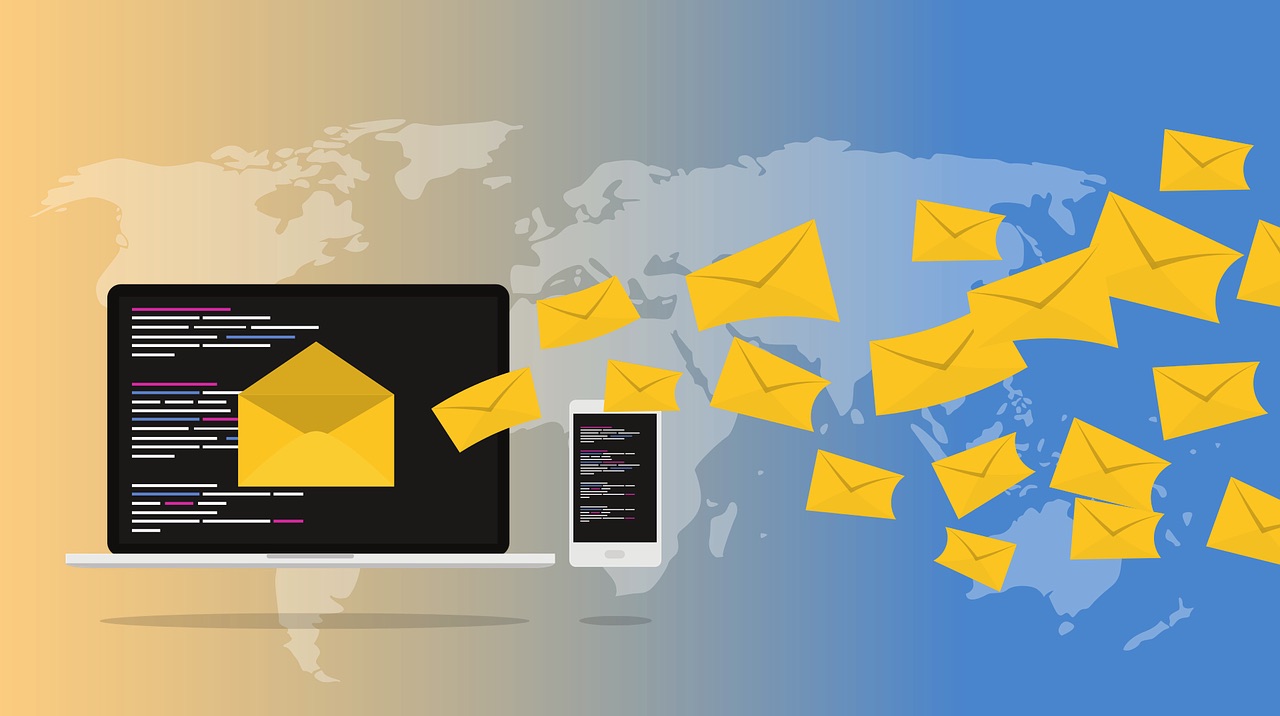Do you have an email list, but rarely use it? We hear that a lot. If so, you’re like most technology integrators our agency speaks with. You’re a couple steps ahead, though, of companies that haven’t been collecting emails at all over the years.
Why is email marketing important? The same reason most integrators say most of their business comes from referrals: trust and repeat business. Email lists help you do more business with people who already know you, already like you, and may tell their friends about you. Email helps you amplify your referral engine by staying top of mind with your network of clients.
And if that weren’t enough, email has some of the highest ROI of any marketing method out there (studies put it at up to 38x). Of course, it’s affordable, too. Not only can you do it in-house, you should: email helps you build your brand over time. Your brand voice, and your connection with customers, is most powerful coming from you and your team.
So given all this, why aren’t more people in touch with past clients and prospects by email? Apart from the dread of sitting down to write one, one reason may be that it’s hard to know what’s effective. So to combat that, here’s a list of tips to keep in mind when you sit down to write your next email blast:
- Just write! The worst thing you can do is have a powerful list of hundreds of people who may be interested in what you have to say, and not say anything. There’s time later to worry about perfecting it. First, just write! One to two times a month is a good place to start.
- Put yourself in your reader’s shoes. You know your target audience better than anyone. What problems might they have right now? (Spotty WiFi, for example). How can you provide value within the email? (Maybe a short checklist to improve router connectivity). How can you provide a compelling offer, for those who need more help? (“Call for $50 off installation of an enterprise-grade router”).
- Subject lines should drive curiosity. The operating rule here is, how can you write something that’s difficult NOT to click on? Lists, limited-time sales, and anything that generates curiosity will work well (“5 Tricks To Speed Up Your WiFi Instantly”).
- Call-to-Action. What do you want your audience to do? It should be compelling enough that, assuming it addresses a need of theirs, it’s hard NOT to click it. Whatever it is, make it big and obvious, and place it at the top (and bottom) of your email. For example, (“Claim Your $50 Discount Now”)
- Warm-up New Leads. When new clients first sign up for your email list, this is your opportunity to help them get to know you. (And get more comfortable hiring you!) Set up an automatic email welcome sequence to activate whenever new leads join your list. Email platforms like Mailchimp, ActiveCampaign and others offer this feature (Mailchimp’s is included in their free plan!). Over the course of 2-4 emails, focus on thanking them for joining, and share ways you may be able to provide value for free (like a resource section on your website). On the final email, share a New Customer Offer to encourage them to take action.
Once you’ve sent your first campaign, watch the statistics. Over time, you can learn how appealing your emails are to read and click on, and adjust accordingly. (As a rough benchmark, a typical email open rate for the home services & technology space is 18-20%.)
If you can build on these tips, you’ll be well on your way to generating more business via email. Send your first email this week, put a recurring event in your calendar for future email blasts, and start building the habit. Before you get overwhelmed with making it perfect, or with finding enough time, just get started!
Ryan Kane helps technology integrators grow revenue with digital marketing at Wheelhouse Digital.

